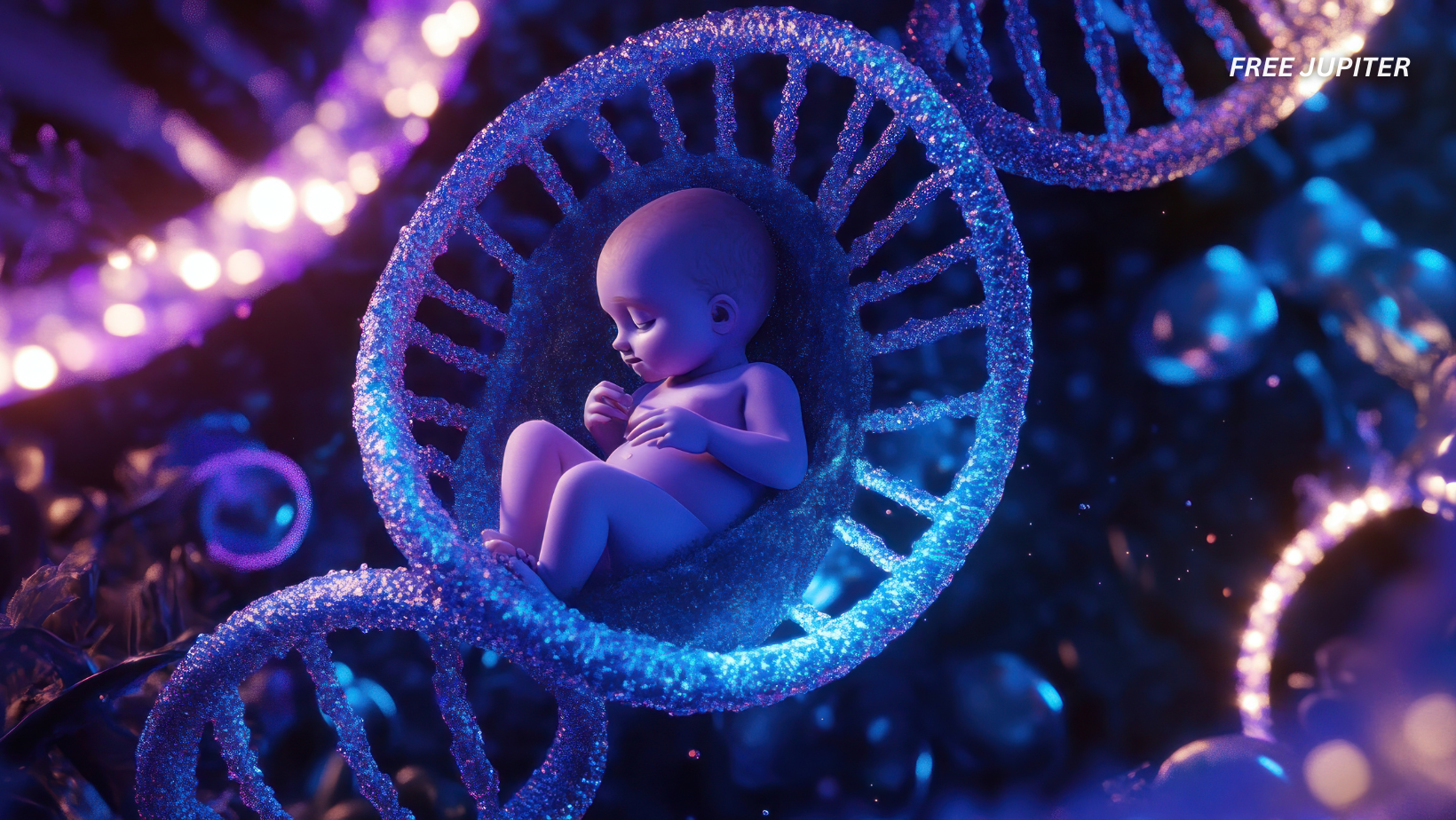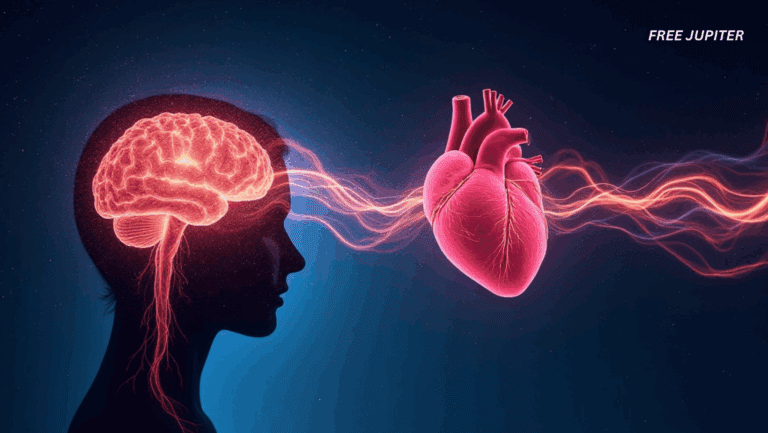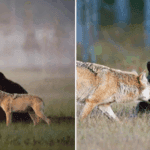In the ever-evolving landscape of scientific discovery, certain advances feel almost like they’ve leapt straight from the pages of speculative fiction. This is precisely the sensation that accompanied the announcement from China when researchers unveiled the world’s first primates born via the same cloning technique that gave us Dolly the sheep back in 1996. The subjects of this remarkable achievement—Zhong Zhong and Hua Hua, two long-tailed macaques—have become the latest icons of a new chapter in genetic research.
From Sheep to Monkeys: A Milestone in Cloning
For decades, the scientific community has been perfecting the art of cloning, starting with humble sheep and advancing to mice, cows, and even cats. But primates, with their uncanny genetic resemblance to humans, have proven a formidable challenge. The birth of Zhong Zhong and Hua Hua at the Chinese Academy of Sciences Institute of Neuroscience in Shanghai marks a watershed moment. These two monkeys, born just a few weeks apart, are not only the first primates to be cloned using somatic cell nuclear transfer (SCNT), but they also represent a vital bridge between animal models and potential human applications.
Why does this matter?
The genetic closeness of macaques to humans makes them uniquely valuable for biomedical research. Unlike mice or rats, whose biology differs more substantially from our own, macaques provide a much more accurate model for studying human diseases, brain function, and responses to new treatments.
The Science Behind the Breakthrough
At its core, SCNT is a process where scientists remove the nucleus from an egg cell and replace it with the nucleus from a donor cell—typically a skin cell. This reconstructed egg is then stimulated to begin dividing, much like a fertilized egg, and is eventually implanted into a surrogate mother. The result is an animal that is genetically identical to the donor.
But don’t be fooled by the simplicity of the description.
In practice, the process is a delicate ballet of timing, precision, and patience. The nucleus must be removed and replaced with lightning speed to avoid damaging the egg. The fusion of the new nucleus with the egg must be flawless, and the embryo must be transferred to the surrogate at exactly the right moment. Even then, most attempts fail, and success is measured in single digits.
Read more: Experts Say ‘Time Mirrors’ Are Actually A Real Thing: ‘Like Pressing Undo On The Universe’
What made this time different?
Previous attempts to clone primates had stumbled over several hurdles. Monkey eggs are notoriously fragile, and the process of removing the nucleus often left them too damaged to develop. Additionally, the signals from the donor nucleus sometimes clashed with the environment of the egg, halting development. The Chinese team overcame these obstacles through a combination of innovative techniques, including the use of epigenetic modulators—chemicals that help control which genes are turned on or off—and the selection of fetal connective tissue cells as donors, which proved more compatible than adult cells.
The Human Element: Persistence and Precision
Behind every scientific milestone are the stories of the researchers who made it possible. The team in Shanghai, led by Dr. Qiang Sun and postdoctoral fellow Dr. Zhen Liu, spent years refining their techniques. Dr. Liu, in particular, became known for his “green thumb” in handling the delicate process of nucleus removal and cell fusion. The lab operated around the clock, with scientists working in shifts to monitor the embryos and ensure that each step was executed with microscopic precision.
Success was not guaranteed.
Hundreds of attempts ended in failure before Zhong Zhong and Hua Hua were born. Each setback provided valuable data, allowing the team to tweak their methods and inch closer to their goal. Their persistence, combined with rigorous record-keeping and analysis, ultimately paid off.
Ethical Considerations and Responsible Science
With great power comes great responsibility. The team in Shanghai was acutely aware of the ethical implications of their work. The research was conducted under strict oversight, with adherence to international guidelines for animal welfare. Zhong Zhong and Hua Hua are cared for in enriched environments, with toys, socialization, and daily veterinary monitoring. Their psychological well-being is considered just as important as their physical health.
But the ethical questions don’t end there.
How many clones are justified in the name of research? What limits should be placed on genetic modifications? Who gets to decide what is acceptable? These are questions that the scientific community must grapple with as the technology advances.
Dr. Muming Poo, a co-author of the study, emphasizes the importance of transparency and ongoing dialogue. “We are very aware that future research using non-human primates anywhere in the world depends on scientists following very strict ethical standards,” he says. Publications from the team include detailed ethics statements alongside their scientific findings, underscoring their commitment to responsible research.
What Comes Next for Zhong Zhong and Hua Hua?
As Zhong Zhong and Hua Hua grow, they are monitored closely for any signs of abnormal development. So far, they are progressing much like their naturally born peers, both physically and intellectually. Researchers are documenting their behavioral development, social interactions, and cognitive abilities, providing valuable data on the long-term effects of cloning in primates.
Read more: New Infrared Contacts Let You See in the Dark — Even With Your Eyes Shut
The work is far from over.
The success rate for SCNT in primates remains low, and many embryos still fail to develop. The team is continuing to refine their techniques, with the goal of making the process more efficient and reliable. More macaque clones are expected to join Zhong Zhong and Hua Hua in the coming months, each providing additional data to validate and improve the procedure.
The Future of Biomedical Research
The birth of Zhong Zhong and Hua Hua is not the end of a story, but the beginning of a new era in biomedical research. These small, furry pioneers carry within them the potential to revolutionize our understanding of genetics, disease, and human biology. As the scientific community continues to push the boundaries of what is possible, it is essential to balance innovation with ethical responsibility, ensuring that progress benefits both science and society.
In the end, the story of Zhong Zhong and Hua Hua is a testament to human ingenuity, perseverance, and the endless quest for knowledge.
It is a reminder that even the most daunting challenges can be overcome with patience, precision, and a little bit of luck. And as we stand on the threshold of a new age in science, the possibilities are as limitless as our imagination.
Expanded Exploration: The Impact and Implications of Primate Cloning
To truly appreciate the significance of this breakthrough, it’s worth delving deeper into the specific ways that primate cloning could transform research and medicine.
1. Precision in Disease Modeling
With genetically identical primates, researchers can eliminate much of the “noise” that comes from genetic variation in traditional animal models. This allows for more precise studies of how specific genes contribute to disease. For example, if a scientist wants to study the effects of a particular gene mutation linked to autism, they can create a group of cloned primates with that mutation and compare them to a control group. The results are far more reliable than those obtained from studies using animals with diverse genetic backgrounds.
2. Advancing Drug Development
The pharmaceutical industry stands to benefit enormously from this technology. New drugs can be tested on cloned primates with specific genetic profiles, making it easier to identify which treatments are effective and which are not. This could significantly reduce the time and cost associated with bringing new drugs to market, while also minimizing the risks to human subjects in clinical trials.
3. Understanding Brain and Behavior
Primates are ideal for studying complex behaviors and brain functions that are similar to those in humans. Cloned primates could help scientists unravel the genetic underpinnings of cognition, memory, and social behavior. This could lead to breakthroughs in understanding and treating neurological and psychiatric disorders.
4. Aging and Longevity Research
Cloned primates also offer a unique opportunity to study the aging process. By monitoring cloned animals over their entire lifespans, researchers can gain insights into how genetics influences aging and age-related diseases. This could pave the way for new interventions to promote healthy aging in humans.
Read more: Your Perfume Could Be Messing With Your Body’s Force Shield
5. Ethical and Regulatory Challenges
As with any powerful technology, primate cloning raises important ethical questions. How much genetic modification is acceptable? What safeguards are needed to protect animal welfare? How can we ensure that the benefits of this research outweigh the potential risks? These are questions that will require ongoing dialogue among scientists, ethicists, policymakers, and the public.
6. Global Collaboration and Innovation
The success of the Chinese team is likely to inspire similar efforts around the world. As more laboratories adopt and refine these techniques, the pace of discovery will accelerate. Collaborative research networks will be essential for sharing knowledge, standardizing protocols, and ensuring that the highest ethical standards are maintained.
Conclusion: A New Chapter in Science
The birth of Zhong Zhong and Hua Hua is more than just a technical achievement—it is a symbol of the boundless potential of scientific inquiry. By pushing the boundaries of what is possible, researchers are opening new doors to understanding and improving human health. At the same time, they are reminding us of the importance of ethical responsibility and thoughtful oversight.
As we look to the future, the lessons learned from these pioneering primates will guide the next generation of biomedical research. Whether it’s developing new treatments for devastating diseases, unraveling the mysteries of the brain, or exploring the secrets of aging, the possibilities are truly exciting. And while the road ahead may be complex and challenging, the rewards—for science, medicine, and humanity—are immeasurable.










